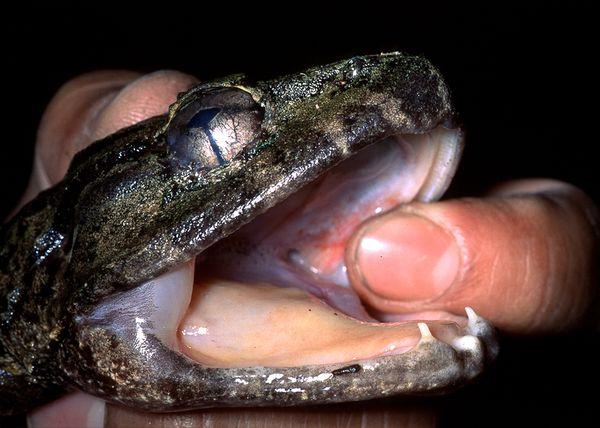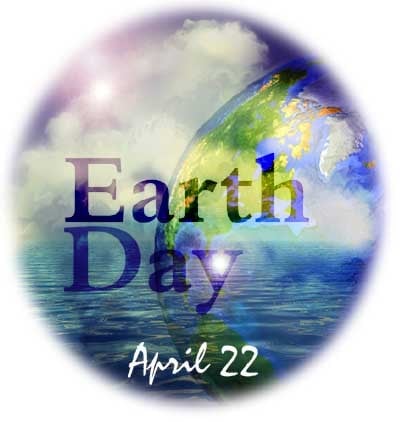By: Jessica Robertson
Most of us rely daily on ground
water stored in aquifers, whether it provides our drinking water or our morning
shower or whether it irrigates the crops that we consume. We don’t often think
about the goings on that occur deep underground before we see any of that
water, but the aquifers are an important habitat for complex microbial life.
This interesting ecosystem may hold a promising answer for removing harmful
carbon dioxide from our atmosphere.
Deep underwater in the aquifers,
oxygen content is very low, if present at all. Microbes must rely on other
substances, namely minerals like iron and sulfur, to produce energy. The
byproducts of the microbes’ “breathing” these solid minerals are reactive ions
that will readily interact with other chemical compounds present in the
aquifer. These reactions can dramatically shape the environmental state of the
nearby water, soil, or rock, and, importantly, the crops watered by
groundwater.
When samples of some deep aquifer
microbes were studied, it was determined that even though iron is a better
source of energy, many organisms were using iron and sulfur, an unusual
combination. With the pH of many aquifers being more alkaline than surface
waters, reconsideration of microbial energy calculations showed that sulfur is
more important to deep aquifer dwelling microbes than previously known. With
interactions occurring between different species of microbes and their
dependence on each others’ reactions, even without measureable levels of a
given byproduct, the amount of energy cycling through the aquifer could be very
high.
What this new understanding means
is significant. Carbon sequestration has become difficult in light of new
findings suggesting that soil is a less efficient carbon capturer than
previously assumed. With the high levels of reactive ions residing in the deep
aquifers thanks to the symbiotic relationships between mineral-fueled microbes,
it may be possible to inject harmful carbon dioxide from the atmosphere into
the aquifers; it will react with ions there, forming stable and solid compounds
and sinking to the bottom of the aquifers, never to seep to the surface again.
Finding this new information
regarding these deep-water microbes has been an illuminating piece of the
puzzle that is carbon sequestration. Now knowing more details of the dependent
relationship of iron- and sulfur- reducing microbes, it may be possible to
clean up our atmosphere.


















